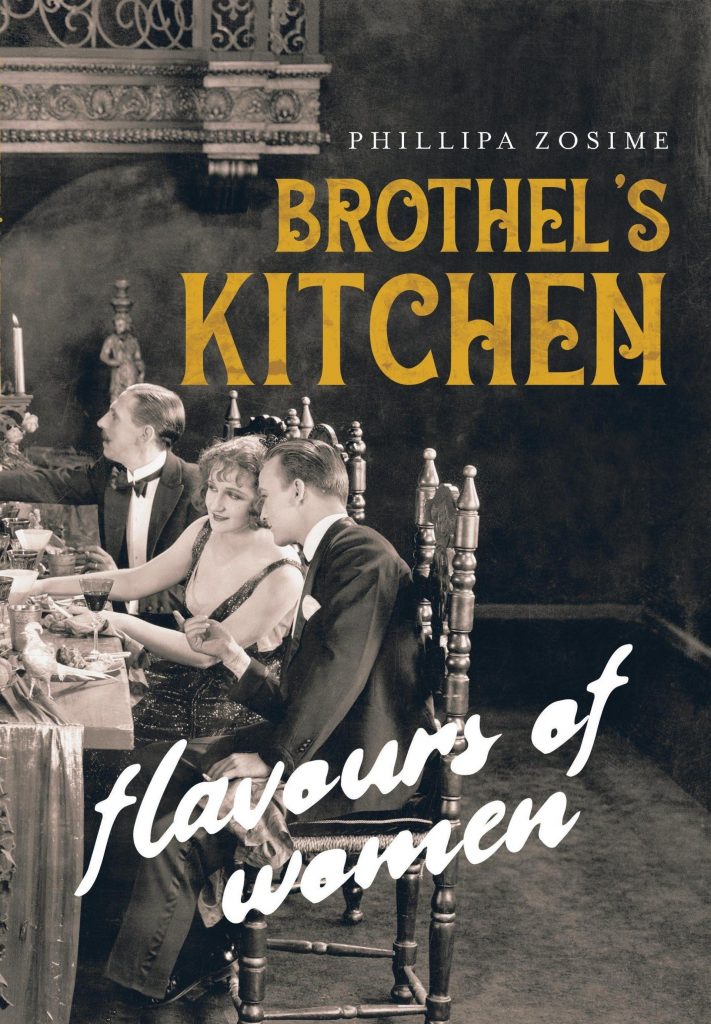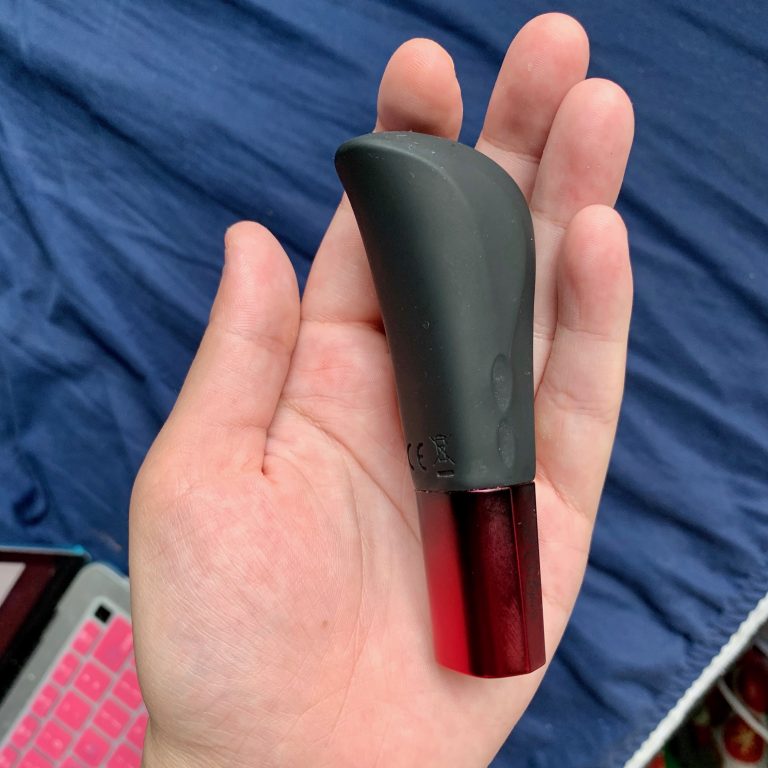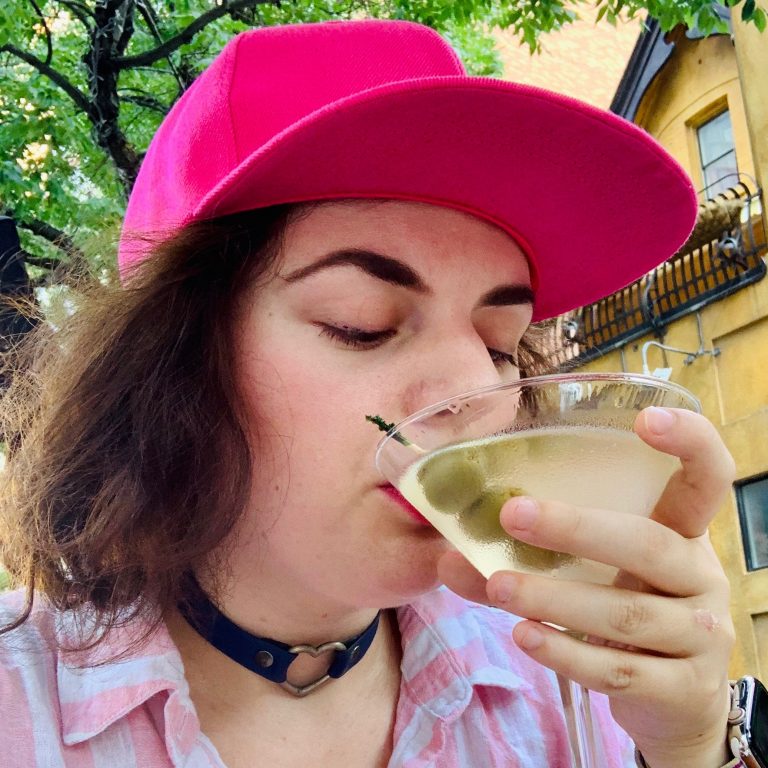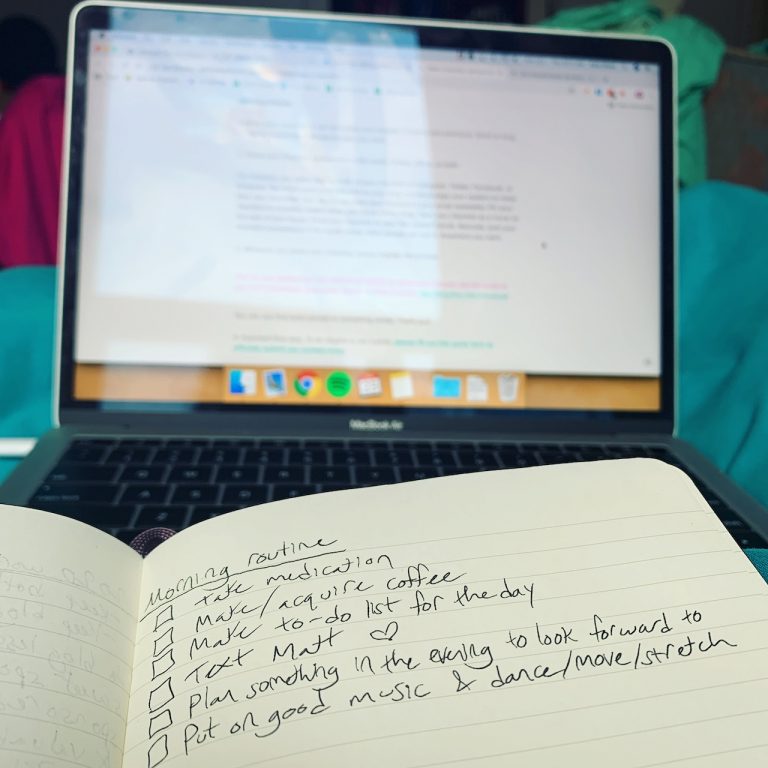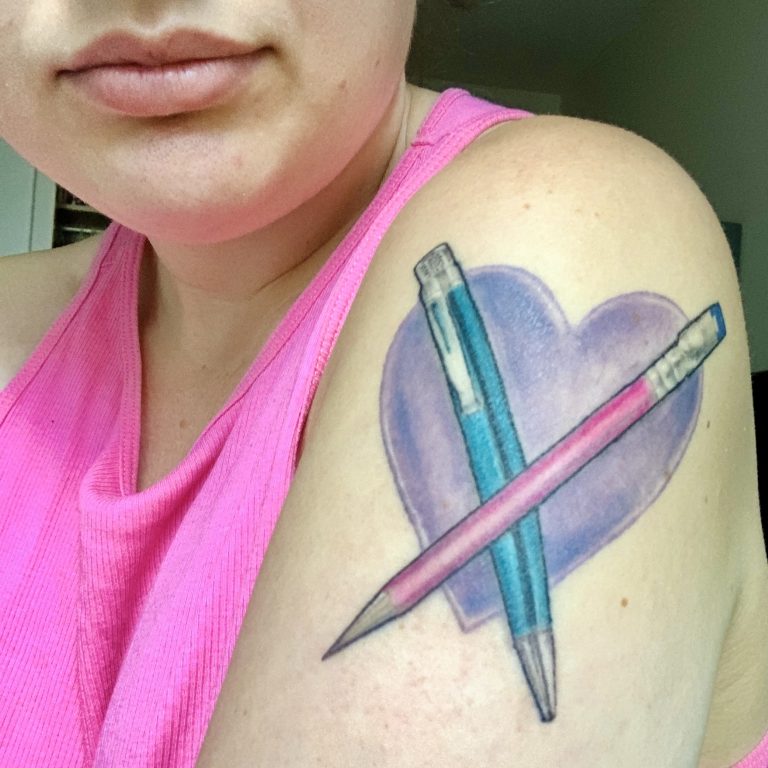
One oft-repeated truism about tattoos is that once you get your first one, you’ll just want more and more. Obviously this isn’t true for everyone, but it has certainly been true for me. I got my first tattoo 5 years ago and have gotten about one per year since then.
When I got my first book deal last year and submitted the completed manuscript earlier this year, I pondered tattoos I could get to memorialize the experience. Several linguistically-inclined friends of mine have writing-themed tattoos – an ampersand, a typewriter, a pen nib – and I always oohed and aahed over them while knowing that they weren’t ideal images for my own scribe-centric ink. I don’t use typewriters (at least, not since a multimedia zine project in 2010), I don’t often pick up a fountain pen, and plain punctuation just doesn’t jive with my preferred tattoo style: colorful, quirky, and fun.
However, over the past couple years, two writing implements came into my possession that I thought were pretty enough to get tattooed on me: the pink and silver limited-edition Blackwing Volume 54 pencil, and the peacock-blue Retro 51 Tornado pen. Both have become desktop staples for me; I make scribbled notes with them during podcast recordings and journalism interviews, write in my journal with them over steaming cups of tea, tuck them into my bag when I go out incase of a writing emergency… These two tools have fast become some of the most beloved (and most beautiful) members of my collection.
I vaguely knew they might look good in a tattoo together on my upper left arm, perhaps with a purple background to bridge the color-spectrum gap between their pink and blue hues (and also to mirror the shades of the bisexual pride flag!), but I didn’t know exactly how they should be arranged on my skin. So I emailed Laura Blaney – the Etobicoke-based artist who also did the pink bows on my thighs and the stunning flowers on my right arm – and attached some reference images. We met up for a consultation at her studio, and I felt – as I have every other time I’ve gone to see her – that she 100% understood what I wanted, and would be able to provide it. Yay!
Unfortunately, then we had to postpone our appointment for 4 months because of the pandemic. But it wasn’t really that frustrating, because I got to spend those extra months thinking about the design and making sure I really, really wanted it – which I did. By the time we finally rebooked in July, Laura’s studio had put health and safety measures into place to keep the environment as COVID-proof as possible – and reputable tattoo parlors are also, by necessity, already pretty damn safe and sanitized to begin with.
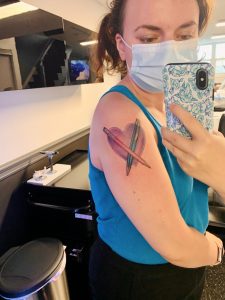 On the day of my appointment, I took all my usual safety measures (mask, hand sanitizer, obsessive hand-washing), and took an Uber to the studio. The tattooing stations were appropriately socially distanced, and the few other people present were all wearing masks the entire time. Laura wiped down my phone and Kindle to sanitize them when I arrived, so I could use them safely while getting tattooed. We discussed layouts and colors a bit, settled on the design I wanted, and then started the inking process.
On the day of my appointment, I took all my usual safety measures (mask, hand sanitizer, obsessive hand-washing), and took an Uber to the studio. The tattooing stations were appropriately socially distanced, and the few other people present were all wearing masks the entire time. Laura wiped down my phone and Kindle to sanitize them when I arrived, so I could use them safely while getting tattooed. We discussed layouts and colors a bit, settled on the design I wanted, and then started the inking process.
I had been worried it would be more painful than my previous tattoos, because my chronic pain disorder has gotten worse over the past couple years and some say it’s a result of increased neurological sensitivity to pain overall. But it barely hurt, and certainly not anywhere near as badly as my thigh tattoos, easily the most painful ones I’ve gotten (that skin is sensitive!). The only bothersome parts of it were the tops of the pen and pencil, where they curve slightly onto the bony part of my shoulder. Everything else was just a low-level scratchy feeling that I easily tuned out while losing myself in my e-reader.
The final result is exactly what I wanted: colorful, eye-catching, and meaningful. It’s a similar size and color palette to the floral tattoo on my other arm, so I look (and feel!) more symmetrical. And it’s also an instant conversation-starter about one of my favorite topics to discuss: writing!
Thanks so much, as always, to Laura for her tireless and meticulous work on this piece of art. I know I’ll adore it for many, many years to come.
Previous posts about my tattoos:
- I Wear My Heart on My Belly: My First Tattoo! (September 2015)
- Behold: My New Thigh Tattoos! (August 2016)
- 8 Things Nobody Tells You About Getting the Backs of Your Thighs Tattooed (September 2016)
- Nude, Lewd, Screwed, & Tattooed (January 2017)
- Introducing… My New Tattoo! (March 2018)
